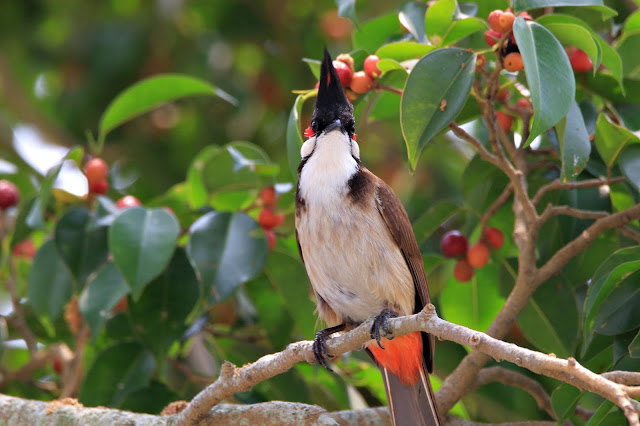 |
| 100 Years of Bauhaus - Photo exhibition as a highlight |
Over the past two months, I have had the precious chance of being immersed in the lights and shadows of a photo exhibition here in Wan Chai, Hong Kong. After I finished off my work, I take a bus from Tai Po, heading straight to Wan Chai. That is my Friday routine. Walking along Fenwick Street toward the seashore, I would find my way to Hong Kong Arts Centre, where I take my regular German class.
 |
| Art lovers - Appreciating the masterpiece |
Every week I arrive so early that I have to kill my time, only when the homework is finished. One day, outside the Goethe Institut library on 14/F, a series of photographs were seen being put up on the wall. My curiosity lingered until I saw the words “100 Years of Bauhaus”. These photographs were all taken by the Bauhaus artist Erich Consemüller (1902-1957), who worked on documenting a school where he was in 1927. This batch of records amounted to an overwhelming collection of 300 photographs.
The visitor-friendly photograph exhibition was accompanied occasionally by interpretation of artists thereby. There was no price for admission, meaning that there is no barrier to arts. If the event-goers were lucky, they might even seize the opportunity of a casual chat with the German teachers and instructors there. Talking with native Germans about Bauhaus must be a culturally-rich and informative experience.
These historical photographs were permanently lent by a generous Berlin private collector. Art lovers in Hong Kong have enjoyed this monumental event “Picturing Bauhaus: Erich Consemüller's Photography of the world's most famous design school". Apart from Goethe Institut, the remainder of the collection was put on show in the School of Creative Media, City University of Hong Kong and University Museum and Art Gallery, The University of Hong Kong. Together these exhibitions allowed an insightful representation of Bauhaus architecture and products.










































